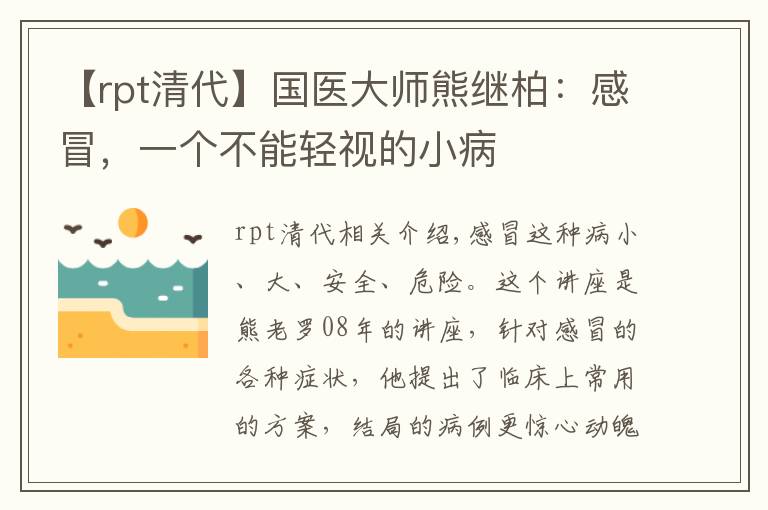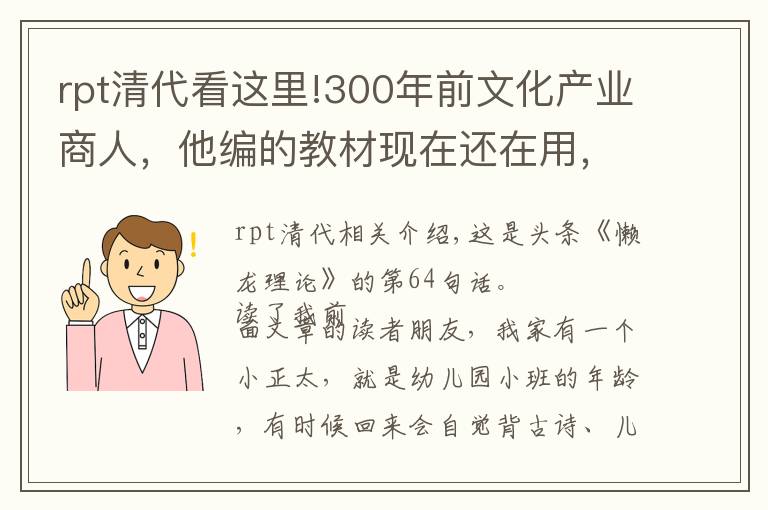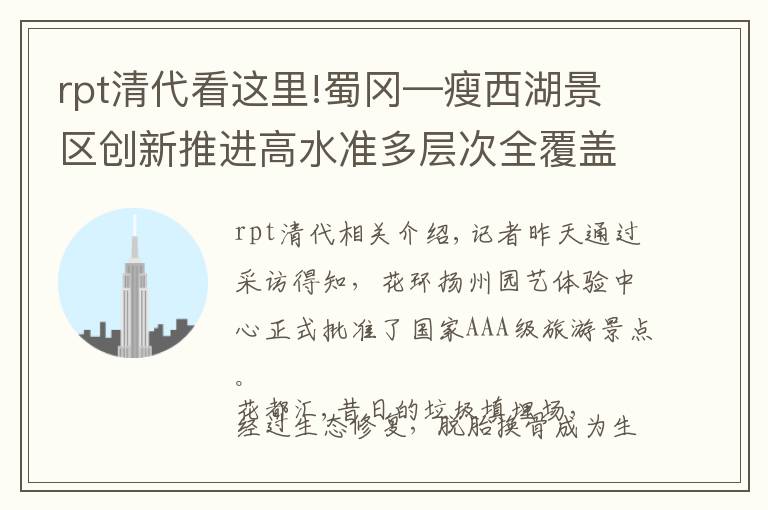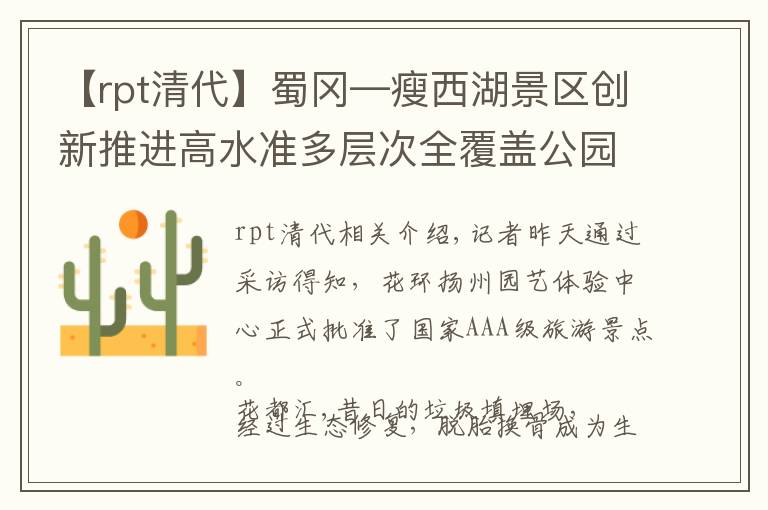“it is not for sure that the sanxingdui civilization has died out。”-Dialog with president of the Chinese Society of Archaeology Wang
文件号
三星堆博物馆
沉睡了几千年,醒来就轻飘飘了。
The world is astonished by Sanxingdui’s cultural relics buried underground for thousands of years.
三星堆遗址位于四川省广汉市三星堆镇,南距成都约40公里。三星堆得名于清代嘉庆年间,由于遗址范围内马牧河南岸台地上分布三个起伏相连的黄土堆,故名“三星堆”。
Sanxingdui Ruins is situated in Sanxingdui Town of Guanghan, Sichuan, 40 kilometers to the north of Chengdu. The site was named during the reign of Emperor Jiaqing of the Qing Dynasty, as there were three earth mounds on the south bank of the Mamu River.
20世纪30年代,三星堆遗址开始被发现。1986年,三星堆发掘两个“祭祀坑”,出土了青铜神树、大立人、纵目大面具以及大玉璋、象牙等珍贵文物,一举震惊天下,被称为20世纪人类最伟大的考古发现之一。
Sanxingdui Ruins site was discovered in the 1930s. Findings from the two large-scale sacrificial pits excavated in 1986, including bronze sacred trees, bronze standing figures, bronze masks with vertical eyes, jade tablets, ivory pieces, and other treasures, shocked the world. Thus, it is considered one of the most significant ancient remains found in the 20th century.
继1986年考古工作后,三星堆“祭祀坑”考古发掘工作于2020年9月6日重新启动。考古工作者对三星堆遗址深入调查、勘探与发掘,新发现6个“祭祀坑”。3月20日,三星堆遗址重大考古发现对外揭晓,金面具残片、眼部有彩绘铜头像、青铜神树等重要文物,再次惊艳世界。专家通过碳14年代检测方法对6个坑的73份炭屑样品进行检测分析,目前确定4号坑距今约3200年至3000年,属于商代晚期。
The excavation of sacrificial pits in Sanxingdui Ruins resumed on September 6, 2020. After in-depth investigation, exploration, and excavation, archaeologists discovered six new sacrificial pits. Pieces of exquisite gold masks, bronze heads with colored eyes, bronze sacred trees, and other artifacts unveiled on March 20 surprised the world again. Through radiocarbon dating on 73 samples of carbon dust collected in the six pits, experts said the No. 4 sacrificial pit could be between 3,000 to 3,200 years old, which means it was dug in the late Shang dynasty.
自三星堆遗址面世以来,就是迄今在中国西南地区发现的范围最大、文化内涵最丰富的古蜀文化遗址,更是中华文明“满天星斗”中最神秘的那颗星辰。
Since its discovery, Sanxingdui Ruins has been the largest site of ancient Shu culture in southwest China with the richest cultural connotations. It is also the most mysterious one in the splendid Chinese civilization.
金面具
纵目面具
金面铜人头像
记者:从研究角度来看,三星堆最重要的意义是什么?
Q: What is the most important research significance of Sanxingdui Ruins?
王巍:三星堆最重要的意义是实证了中华文明多元一体。
Wang Wei: It serves as crucial physical evidence of the unified and diverse origins of the Chinese civilization.
有些业外人士一看,三星堆出土这些人像有高鼻梁等特征,说是来自西亚的,甚至天外来客。其实这是用艺术夸张手法体现出来的宗教和信仰色彩。一般人容易忽视的是,中原王朝的青铜礼器受到格外重视,你看青铜神坛顶端的东西都是中原王朝的礼器。从三星堆出土的器物可以看出,古蜀文明和中原夏商王朝有非常密切的关系,比如青铜礼器、玉礼器、仪仗用具等,都显示古蜀文明接受了夏商王朝的强烈的影响。这说明华夏中原地区夏商王朝创造的礼制对周围的方国文明产生了强烈影响。
Some laymen might think figures excavated from Sanxingdui Ruins were from West Asia, or even outer space, as they have high noses. However, these are just religious features expressed artistically and exaggeratedly. Generally, it’s easy for people to forget that bronze sacrificial vessels were especially vital in ancient Central China. You can see that the things on the bronze altar are such kinds of vessels. These artifacts, including bronze and jade sacrificial vessels and ceremonial utensils, show the ancient Shu culture had a close connection with Xia and Shang dynasties. In other words, the ritual rules of the Xia and Shang dynasties had greatly impacted on surrounding regional states.
与此同时,三星堆又非常具有自己的特色,比如青铜神树、人像、大面具等,在信仰方面与中原王朝有所不同,中原文化都是以祖先崇拜为主要内容,缺乏三星堆遗址中的人像传统。三星堆文明是中华文明中特色最鲜明的一支,全面展示了神秘古蜀国的文化面貌。
Meanwhile, Sanxingdui Ruins is special. Bronze sacred trees, figures, and masks prove that it enjoyed different religions from Central China. Besides, ancestor worship is the main content of the latter’s culture, without the figures commonly seen in Sanxingdui Ruins. The Sanxingdui civilization is the most distinctive part of Chinese civilization, comprehensively demonstrating the cultural landscape of the mysterious ancient Shu Kingdom.
记者:从发掘的文物来看,三星堆文明非常繁盛,它为什么会突然衰亡、消失?
Q: We can see from the excavated cultural relics that the Sanxingdui civilization was very prosperous, but why did it collapse and disappear?
王巍:文明的衰落是一个世界性的研究问题。这些文物被埋葬以后,三星堆文明就毁灭了吗?这是因祭祀仪式故意填埋,还是因为战争,国灭了被掩埋?或者遇到了洪水,而在撤退之前被填埋?我曾跟当地发掘工作人员确认,发掘中没有发现淤土,没有大规模的洪水痕迹,所以起码不是洪水造成。
Wang Wei:The collapse of civilization is a worldwide research issue. Does the burial of these cultural objects mean the destruction of the Sanxingdui civilization? Was the burial done because of sacrificial ceremonies, or the destruction of a state caused by war, or retreating before floods? I have confirmed with the local excavators that no silt or trace of large-scale floods was found in the excavation. So, at least it wasn’t caused by floods.
实际上,我认为它可能是政治中心的转移,转移到成都金沙遗址,继续古蜀文明的进程。金沙和三星堆有很多东西非常相似,是同一个古蜀文明的系统。最新考古测年也发现,两者之间是连带、紧密衔接的。我们不能说某一个遗址衰落了,它就是文明衰落了。可能是由于政治中心的转移,比如商王朝,前期就迁都了很多次,留下了很多都城遗址。
In fact, I think the burial may be due to the transfer of the political center to the Jinsha Ruins site in Chengdu to continue the process of ancient Shu civilization. Jinsha Ruins site and Sanxingdui Ruins site have many similar unearthed cultural objects, so they are part of the ancient Shu civilization system. The latest archaeological dating has also found that the two sites are closely linked. We can’t say that the collapse of a site represents the collapse of civilization. This may be due to the transfer of the political center. For example, the Shang Dynasty experienced many capital transfers in the early stage, leaving a lot of capital sites.
三星堆“大祭祀”
记者:三星堆到目前还没有发现文字,之前在良渚考古中似乎也没有发现系统的文字。如何看待文字这个“文明的标准”?
Q: So far, no written records have been found at either the Sanxingdui Ruins site or Liangzhu relic site. What do you think of written records as a “standard of civilization”?
王巍:鉴定文明的标准,西方学术界比较流行的是按照“三要素”,即出现冶金术、文字和城市。以前国内也采用“三要素”。2001—2018年开展的“中华文明探源工程”,通过对大量的中国考古资料包括世界其他文明的考古资料分析研究,发现其实并不是所有的文明都符合“三要素”,“三要素”是根据西亚的两河流域和北非的埃及文明归纳出来的,并不是放之四海而皆准,比如发达的玛雅文明就没有冶金术,辉煌的印加文明也是没有文字的文明。
Wang Wei: A popular view in the western academic community is that three factors must be met simultaneously to identify civilization, including the emergence of metallurgy, written records and cities. The standard used to be applied in China. Through the analysis of a large number of Chinese archaeological data and archaeological data of other civilizations in the world, the “Project aimed at Tracing the Origins of Chinese Civilization”, which was carried out from 2001 to 2018, has found that not all civilizations meet the “three factors”, because they are summarized according to the Mesopotamian civilization in Western Asia and the Egyptian civilization in North Africa, and they cannot apply anywhere else. For example, the developed Mayan civilization has no metallurgy, and the brilliant Inca civilization has no written records.
“中华文明探源工程”根据对中国各地早期文明的考古发现,经过多学科联合攻关研究,提出了符合中华文明特质的判断社会是否进入文明的标准。一是出现社会分工,在农业显著发展的基础上,出现农业和手工业的分离;二是出现明显的阶级分化,在生产力发展的基础上社会出现严重的分化后,出现了王权和国家;三是出现都邑性城市,出现反映王权的高等级大型建筑、表明等级身份的礼器,以及王的有丰富随葬品的墓葬;四是出现王所管辖的比较稳定的、区域性国家。这个标准也更具有世界普遍意义。
Based on the archaeological findings of early civilizations throughout China and multidisciplinary research, the project puts forward the standard for judging the society’s entry into civilization in line with the characteristics of Chinese civilization. It falls into four aspects. The first one is the emergence of the social division of labor, that is, the separation of agriculture and handicraft industry based on the remarkable development of agriculture. The second one is the clear class division, that is, the emergence of kingship and the state due to the serious division of society based on the progress in productivity. The third one is the emergence of metropolitan cities, that is, the emergence of high-grade large-scale buildings reflecting the kingship, ritual vessels reflecting the social hierarchy, and the King’s tombs with rich funerary objects. The fourth one is the emergence of relatively stable and regional states ruled by the King. This standard is also more applicable worldwide.
来源:《中国报道》
编辑:雷露
审核:李卉嫔
主编:邓灼
更多精彩详见《一带一路报道(中英文)》↓↓↓
欢迎订阅·诚邀合作
国内统一连续出版物号:CN 51-1788/F
国际标准连续出版物号:ISSN 2096-2886
邮发代号:62-625
联系电话:(028)86529118
新闻线索:(028)85471528
投稿邮箱:thebeltandroadrpt@163.com
联系人:肖露
声明:1.凡来源为“一带一路报道”的作品,版权属于“一带一路报道”杂志社,任何第三方转载均应注明“来源:一带一路报道”;2.转载其他媒体作品的目的在于传递更多信息,并不代表本刊赞同其观点或对其真实性负责。任何第三方转载时须保留“来源”;3.若涉及版权问题,请作者持相应版权证明与我刊联系,核实后将依照相关规定支付稿酬;4.如因作品内容、版权和其他问题需要与我刊联系,请在该事由发生之日起30日内进行。
1.《【rpt清代】专题“三星堆文明并不一定是衰亡了”——对话中国考古学会理事长王巍(中英文)》援引自互联网,旨在传递更多网络信息知识,仅代表作者本人观点,与本网站无关,侵删请联系页脚下方联系方式。
2.《【rpt清代】专题“三星堆文明并不一定是衰亡了”——对话中国考古学会理事长王巍(中英文)》仅供读者参考,本网站未对该内容进行证实,对其原创性、真实性、完整性、及时性不作任何保证。
3.文章转载时请保留本站内容来源地址,https://www.lu-xu.com/lishi/2057323.html



